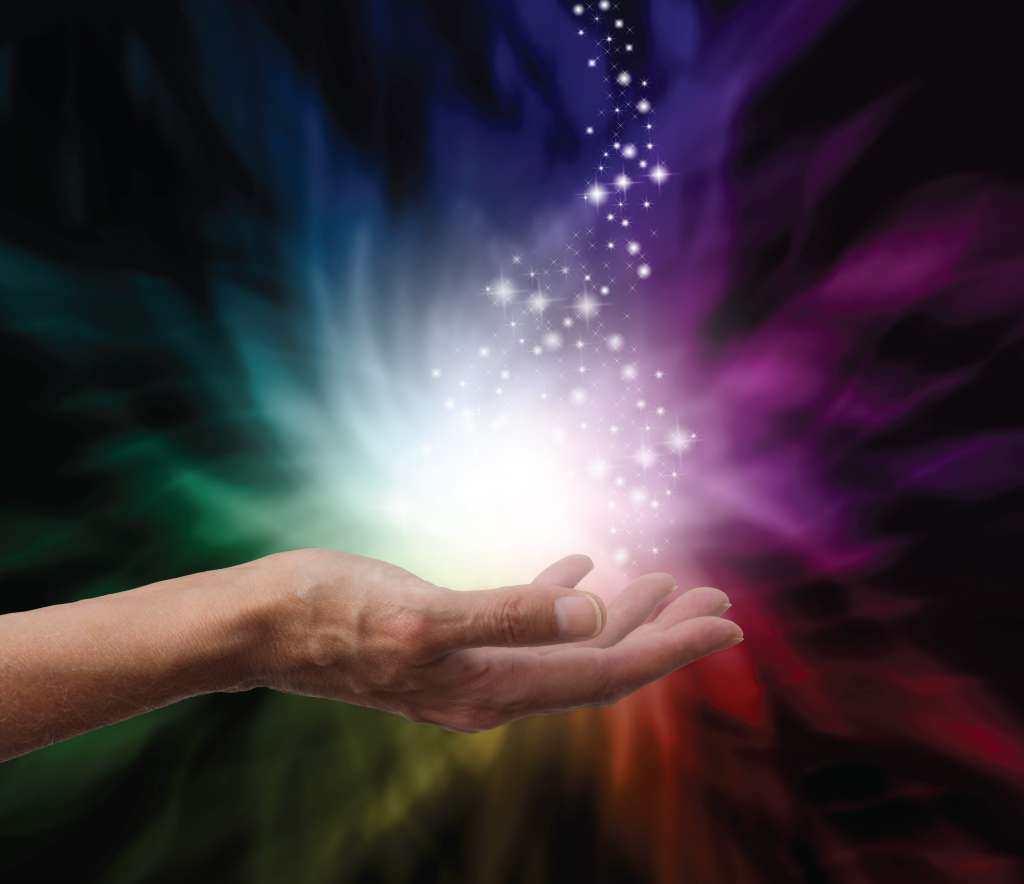Research into Energy
Research into Energy healing is ongoing. Working within the Meridians, Energetic spheres, and vibrations for healing exposure and experiences have boomed since reemerging into global acknowledgement in 1975; drawing attention from physicians, research boards, ethics teams and generally interested members of various organizations.
While the debate on how best to study integrative therapies such as Reiki is strengthening, research attempts have been and continue to be made. The National Center for Complementary and Integrative Health (NCCIH) of the National Institutes of Health (NIH) are among those agencies seeking to define and qualify the effects of Reiki.
Other published studies have looked at the effect of Energy healing on measures of stress hormones, blood pressure, heart rate, and immune responsivity, and on subjective reports of anxiety, pain and depression. The studies to date are typically small, and not every study is well-designed. However, overlapping data from some of the stronger studies support the ability of Energy to reduce anxiety and pain, and suggest its usefulness to induce relaxation, improve fatigue and depressive symptoms, and strengthen overall wellbeing. The Cochrane Database of Systematic Reviews contains a review on the use of touch therapies (including Reiki) for pain and a protocol for use of Reiki for psychological symptoms.
Reiki is gaining popularity in hospitals throughout the United States, and is even entering Canada. Reiki has also been increasingly offered as part of workplace wellness programs to address burnout and improve skills in healthcare and other industries, as well as in university wellness programs.
The International Center for Reiki Training estimated that there are 4,000,000 people throughout the world who have taken at least one level of Reiki training. There are three traditional levels of expertise.
Today, Reiki education is offered free of charge in more than 800 American Hospitals as a means to accelerate the healing process and to alleviate pain.
Reference: Courtesy of the Green Lotus
Reiki is also found in hospitals, clinics, hospices, palliative centers, and private facilities throughout the United Kingdom, Europe and the Eastern world.
A press release from the American Hospitals Association, dated September 15th, 2008, and titled “Latest Survey Shows More Hospitals Offering Complementary and Alternative Medicine Services” brought additional positive strength to the integration of Reiki into current care.
“Reiki has become a sought-after healing art among patients and mainstream medical professionals.”
– Dr. Oz
The American Medical Association has added Complimentary and Alternative Medicine (CAM) treatments to their directory of billable procedures.
Several insurance companies within Canada also recognize Reiki performed by a CRA (Canadian Reiki Association) member in their Extended Health Benefits and Flex Benefits coverage plans.


